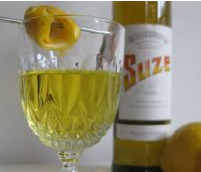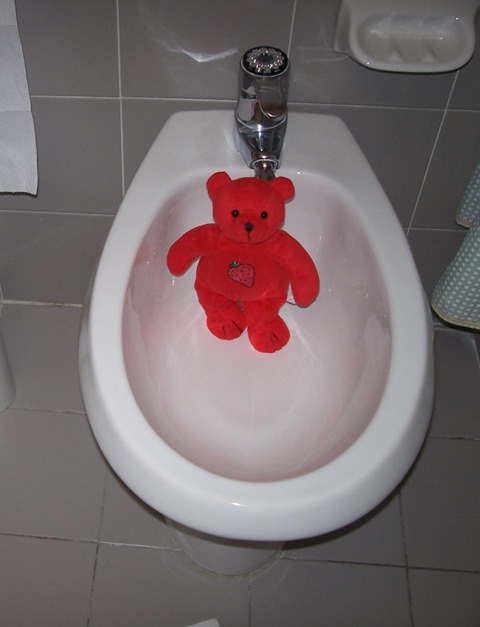The shocking truth about petrol prices

If you think petrol prices seem to be in a constant spiral, you couldn't be further from the truth.
Average retail petrol prices in 2020-21 in Australia’s five largest cities were the lowest in 22 years in real inflation adjusted terms, according to the ACCC’s latest petrol monitoring report.
Annual average retail prices in 2020-21 in Sydney, Melbourne, Brisbane, Adelaide and Perth were 129.7 cents per litre (cpl), a decrease of 4.9 cpl from 2019-20 (134.6 cpl). In real terms, the last time annual average retail prices were lower than this was in 1998-99 when they were 115.0 cpl.
“Low average petrol prices in the last financial year have come after prices reached record lows around the onset of the COVID-19 pandemic,” ACCC Chair Rod Sims said.
In 2020-21, taxes were the largest component of the price of petrol in the 5 largest cities, and greater than the cost of refined petrol. Taxes accounted for 42 per cent of the price, while the international price of refined petrol accounted for 39 per cent.
“The pandemic has had an enormous impact on demand for petrol in Australia, going back to March last year and this has influenced retail prices and gross retail margins,” Mr Sims said.
Have you noticed cheaper fuel prices in your area? Are you shocked to learn how much of the petrol prices are made up of taxes?






I use Fuel Check https://fuelcheck.nsw.gov.au/app/FuelPrice
Yesterday the petrol varied between $143.9 to $157.9 p/l
which as you can see makes a substantial difference on a tank of petrol over a period of time.